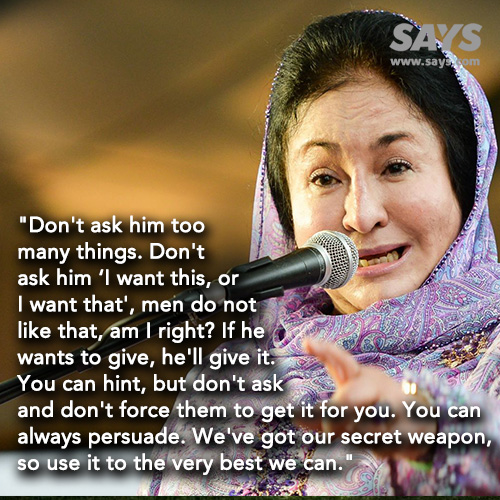

“In a tight labor market, competitive compensation is an expectation,” she says, adding that she suspects the labor market will recalibrate or correct itself within two years. Others mention such contributing factors as high benefit costs, weak managers or leadership, poor communication or a toxic culture where core values and responsibilities are not clearly defined or even widely accepted by the workforce.Īt organizations with high turnover, a big chunk of HR’s time is directed toward recruiting, onboarding and training new workers, which distracts from other important matters, ranging from employee coaching and succession planning to updating compensation and benefit packages.Ĭombined, more than 60% of survey respondents are either extremely or very concerned about their organization losing talent over the next 12 months.Īll the other “stuff,” Haberman says, like the quality of leadership, performing meaningful work and observing a corporate social responsibility agenda can also help retain employees. Some respondents blame outdated technologies and manually intensive processes. There’s no shortage of triggers causing people to quit. Our people MUST maintain capabilities and skills with the latest technologies.” “We struggle with high turnover in the healthcare industry, which can lead to staffing and safety concerns, as well as a lack of internal candidates for promotions.”Īnother says, “We develop leading-edge custom business solutions. The fallout is different for each organization. According to Glassdoor’s Jobs & Hiring Trends for 2020 report, baby boomers–those 65 or older–will become the fastest-growing workforce, a trend the report calls the “gray wave.” According to Glassdoor, this segment of the workforce is expected to grow by 61% over the next decade, compared to 5.5% for the overall American workforce.Įmployee turnover harms nearly every part of an organization: Sales. In the coming years, however, that may not be an issue. How can employers capture and accelerate the transfer of their knowledge to the existing workforce?

Some survey respondents also mention the exodus of baby boomers. leader of Career Business at Mercer, points to the 3.5% jobless rate, which encourages job hopping employers’ increased need for specific skills, especially those involving digitization of work and the challenge of improving employee productivity, which requires a blended mix of new skills and institutional knowledge.Īlso see: 5 reasons to attend HRE’s Health & Benefits Leadership Conference 1 issue among HR professionals in the last three consecutive HRE surveys was employee engagement last year was the first time that retaining key talent tied for the top spot. Slightly more than half of the respondents worry about retaining key talent, with the next most common concern being developing leaders and succession planning, followed by improving the employee experience, and driving innovation and helping teams work together.Īlthough the talent shortage began dominating the labor market more than a decade ago, the No. While the largest decreases occurred in retail trade (139,000 jobs) and construction (112,000 jobs), retaining key talent is HR’s chief concern, according to a survey of more than 300 HR executives representing mid- to large-size employers across multiple industries conducted by Human Resource Executive® between December 2019 and January 2020. But regardless of what those numbers reflect, HR professionals continue to worry about maintaining a skilled workforce. Is this an early sign that the talent shortage is dwindling? Maybe. fell from 7.6 million in January 2019 to 6.8 million in January 2020, according to the Bureau of Labor Statistics.


 0 kommentar(er)
0 kommentar(er)
